-
Posts
446 -
Joined
-
Last visited
Content Type
Profiles
Forums
Gallery
Events
Posts posted by Joe100
-
-
I have a copy of S/Y Polaris plans in my archive, full size scans. Let me know if you need any further help.
-
-
I recently did a presentation to a university class on Bismarck, and I remarked that, adjusted for inflation, Bismarck cost $1.6billion. These capital ships were very well maintained, especially during the first half of the war.
Some minimal color modulation will go a long way to help break up her slab sides and make her more appealing. Can’t wait to see what you do.
-
Looking good!
Don’t go too heavy on the underwater weathering. They ran her aground prior to Rhine Exercise and she was drydocked for inspection. The hull paint was touched up at this time too, so her bottom was mostly clean. She’d also been docked in December 1940 too, so no matter which period between December 1940 and her loss, she’s pretty clean underwater.
-
By the way, this is the experimental scheme from the fall of 1940. Only half of her heavy AA weapons have been fit, since the three-axis stabilized mounts weren’t ready yet, no rangefinders, etc. not her best look in my opinion.
You can always tell Bismarck from Tirpitz by their funnel caps. Bismarck used an aluminized funnel cap for heat dissipation, and Tirpitz used a black funnel cap with heat resistant paint.
-
15 hours ago, AlanDavison said:
You may be interested in a Seaforth publication called ‘German Naval Camouflage’ published in two volumes, volume one looks at the period 1939-1941 and includes detailed colour schemes for Bismarck. Volume two covers the period 1942-1945.
The books are an excellent reference and study of German warship colours and camouflage and are well worth reading.
Incidentally, in response to Joe100’s comment about grey boot strips, according to the Seacraft authors, Bismarcks boot topping was actually black at the time of its sinking (see p9 of vol 1)
The boot topping was indeed grey, a very dark grey, but grey nonetheless. Specifically, RAL 7016 Schiffsbodenfarb Ill.
In some of the higher-resolution photos you can see the demarcation of the boot topping like and the black Baltic stripes.
Boot topping paint was a harder-wearing paint than the rest of the ship’s hull, and in most cases even thicker than the hull antifouling paint since it had to take the scouring action of the waves. The KM paints, especially in the early part of the war, were very much standardized, so there wouldn’t be mich of a variation. The Germans were using grey for boot topping stripes as far back as 1910 when the Tropical schemes were dropped in favor of Scheme 9. Bismarck was painted in 3 distinct camouflage schemes prior to Rhine Exercise. The first was overall Scheme 9, then in October 1940 an experimental scheme was applied for a few weeks. Only a few photos of this scheme exist, it’s never modeled. After this she was painted back to Scheme 9, and then into the Baltic scheme. The Baltic scheme remained mostly the same but we know the turret roof colors were changed almost constantly. This was done for testing purposes and in some photos you can even see the few workers busily repainting them. Sometime after her final fit in either March or April 1941, she was again painted back to Scheme 9 before the Baltic stripes were reapplied for Rhine Exercise. This was probably for experimental purposes.
-
Do you need the RAL numers? (Reichs Ausschuß für Lieferbedingungen und Gütesicherung)
Bismarck used a variation of Scheme 9 which was introduced in May 1910.
the light grey is RAL 7001
the medium grey is RAL 7000
and the dark grey is RAL 7024
for these colors, and the rest, I’d recommend the ScaleColors Kriegsmarine set. It’s the closest I’ve found to the originals, especially the anti-fouling mix the KM used. Don’t forget that the boot strip on km ships was GREY, and NOT black. I see this error all the time. The stripe itself is more of an anthracite grey or German grey. Very dark, but definitely not black. If you need more info, or if this wasn’t what you’re looking for, let me know.
The Baltic camouflage scheme was found to be incredibly dangerous and it was abandoned completely by December 1941. The white stripes made excellent aiming points for Soviet submariners.
-
-
Most of the people in that thread on KBismarck are friends of mine, however that information is nearly 20 years old now, and a lot has happened research wise since then. At that time it wasn’t known if Bismarck and Tirpitz carried S-Anlage, however the information about its installation has been found in German archives, so we have dates and specifications. The surface fleet was equipped with S-Anlage by the end of 1941
-
Hey DDP,
Here is the photo of the equipment installed on Scheer
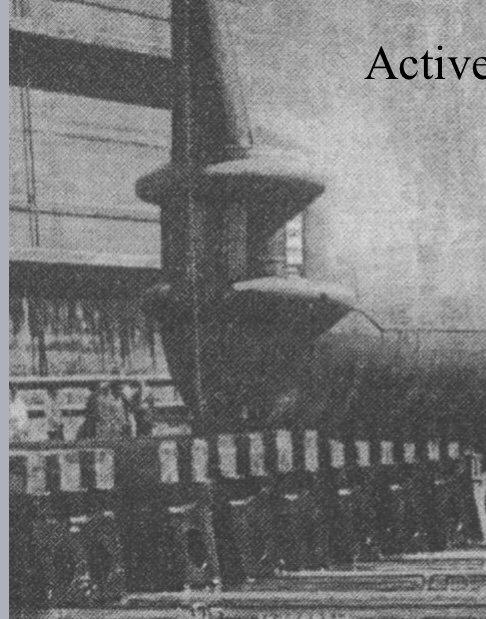
Here we see the oscillators on Gneisenau
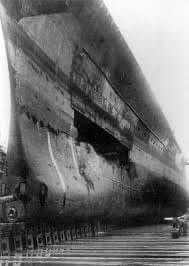
In this photo of GU, it appears only the side oscillators are recessed. On SC, they installed bump guards, probably to at least alleviate some damage if she was grounded.
Bismarck was run aground just before Rhine Exercise and had to be dry docked. This was to inspect the hull and to inspect her sensors for damage.
-
DDP,
You’ve linked to some very old information there, and the photos of the launch in 1939 predate S-Anlage installation by almost 2 years. When that thread was posted at KBismarck, no one knew sonar had been fitted to Bismarck, this is new information within the past 8 years or so.
The Schallanlage or S-Anlage active sonar was/is an extremely classified piece of equipment due to the fact the US used it as the basis for their submarine sonar after the war. Even today, not a huge amount is known. Research in this area is developing, and I just received the German archive box numbers containing information relevant to S-Anlage for Bismarck. I know someone who has quickly gone through them, and they state that sadly it’s just drawings and technical details, no photos. However this information will pin down dates and other technical details beyond what we already have.
However, we do know Bismarck received her S-Anlage active sonar equipment in December 1940, which postdates the famous dry dock photos from October 1940, which is why the oscillators aren’t seen at the time. Mention is made of it exclusive to the GHG, so we do know it was installed and deployed for Rhine Exercise.
Around this time Adm. Scheer received her S-Anlage sonar system, slightly before Bismarck, and we do have photos of that. I can share if they’re needed.
S-Anlage active sonar had a range of about 9nm, maybe a bit further in colder waters. Few of Bismarck’s sensors were over the horizon, but a skilled GHG operator could and would pin down allied ships right down to the class.
In summary, any model of Bismarck in 1941 should carry the 6 S-Anlage oscillators on the bow.
-
-
-
-
Apparently there are some ambiguities about the radio aerial placement, if you need some help on this let me know. I don’t think the instructions mention it for some reason.
-
I recognize you from over there at MW. Welcome.
-
Personally, I think the Badger 105 is the best all-rounder. Price, quality, performance all intersect nicely with the 105, and for quite a few modelers, it can be your first and last airbrush. I have many other badger products, but the 105 is where I go most days.
- Canute, Ryland Craze, mtaylor and 1 other
-
 4
4
-
-
-
I wish I’d seen this earlier. I have a copy of the builders plans for S/Y Polaris, or “dampyacht” Polaris as the builders, Sanderfjord Framness shipyard called her originally. They state the planks are 2.5in thick and 5” wide. Length not given sadly. This is taken directly from the plans used to build Polaris/Endurance, and not later re-drawings.
-
-
Enjoying the process is what it’s all about. Do I love every aspect of building a ship? Certainly not, but I don’t let it ruin my fun. I build mostly steel ships from scratch, and I really don’t enjoy turrets and antiaircraft guns since they’re fiddly and repetitive, but I don’t despise the work. I try to make it interesting, and I’ll usually build those section of the model first, so it’s behind me before I even start on the hull.
So often I see modelers elsewhere, especially plastic modelers, who seem to be miserable. A small amount of photo etched parts and they’re ready to give up. I’ve had a few of these frustrated modelers ask me which wood ship kits I’d recommend. Of course my response is something along the lines of “if photo etched handrails upset you, then you’re really on for a treat!”
I really do think all modelers should start more simple. An armed cutter is a great place to start. A single mast, smaller hull, maybe 4 cannon at most usually; a nice place to learn every discipline. Tools are also important. I don’t think new folks realize the helpfulness of good tools.
I think everyone’s mileage will be varied, but tools and the basic skills are the bedrock.
- Knocklouder, GrandpaPhil, robert952 and 1 other
-
 4
4
-
-

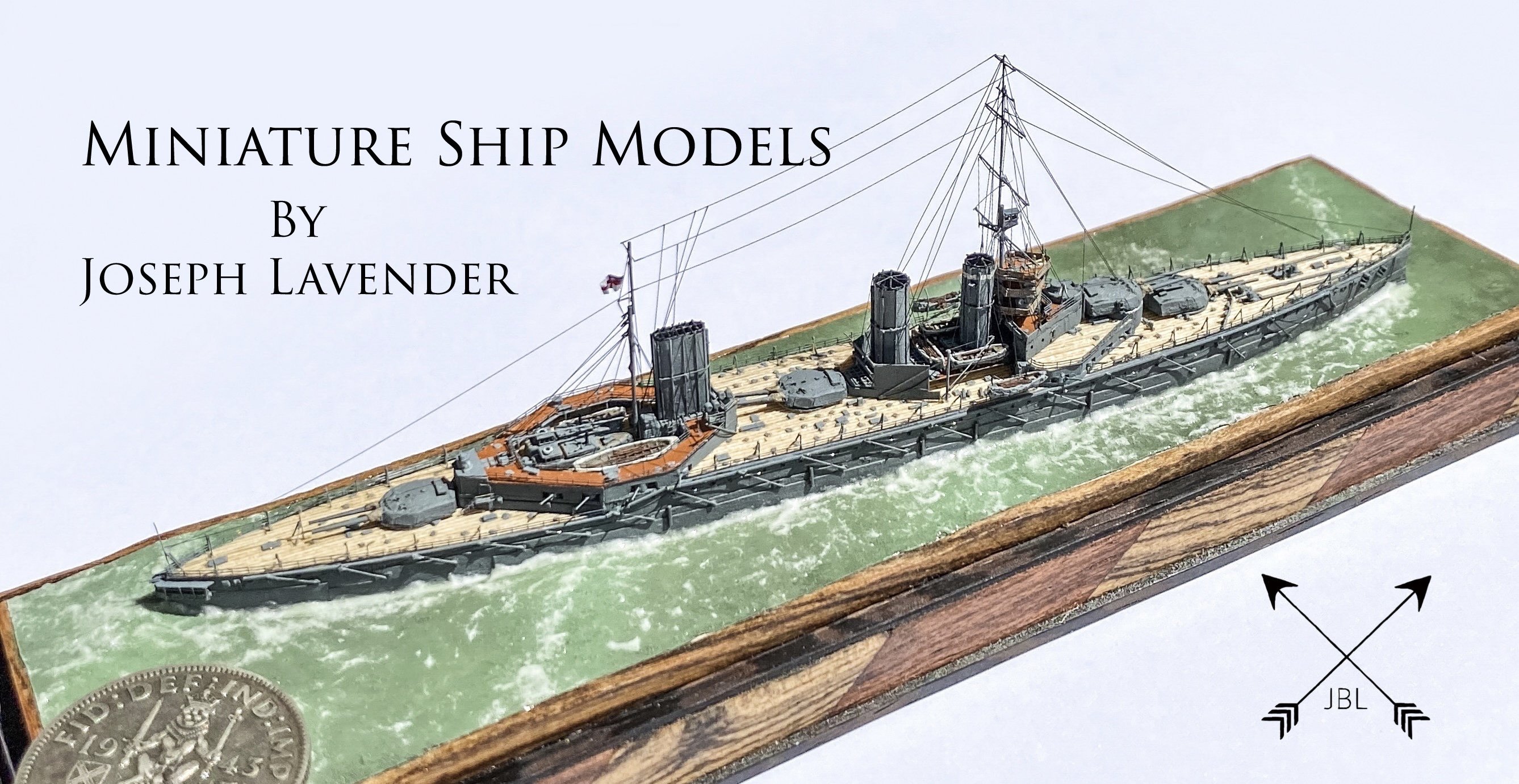
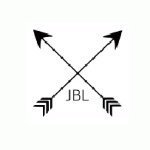

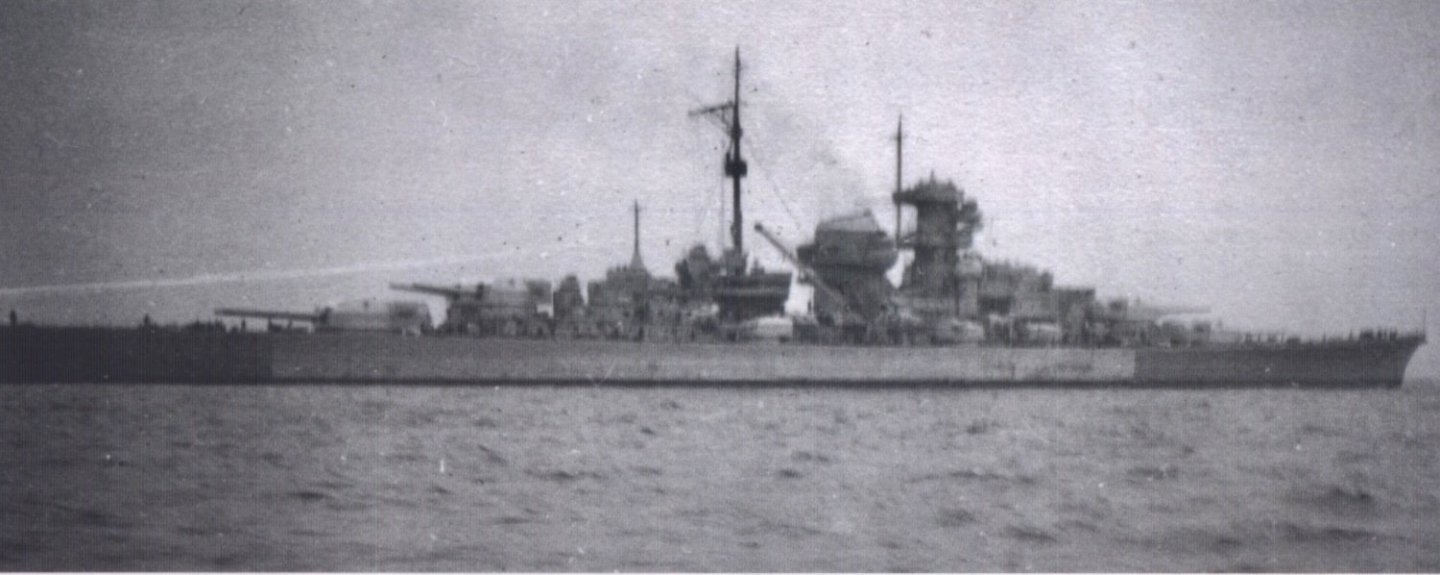
Bismarck by Ian B - Amati - 1/200
in - Kit build logs for subjects built from 1901 - Present Day
Posted
I just finished a series of paint scheme diagrams for my upcoming book, so if you need any help in this area, let me know.